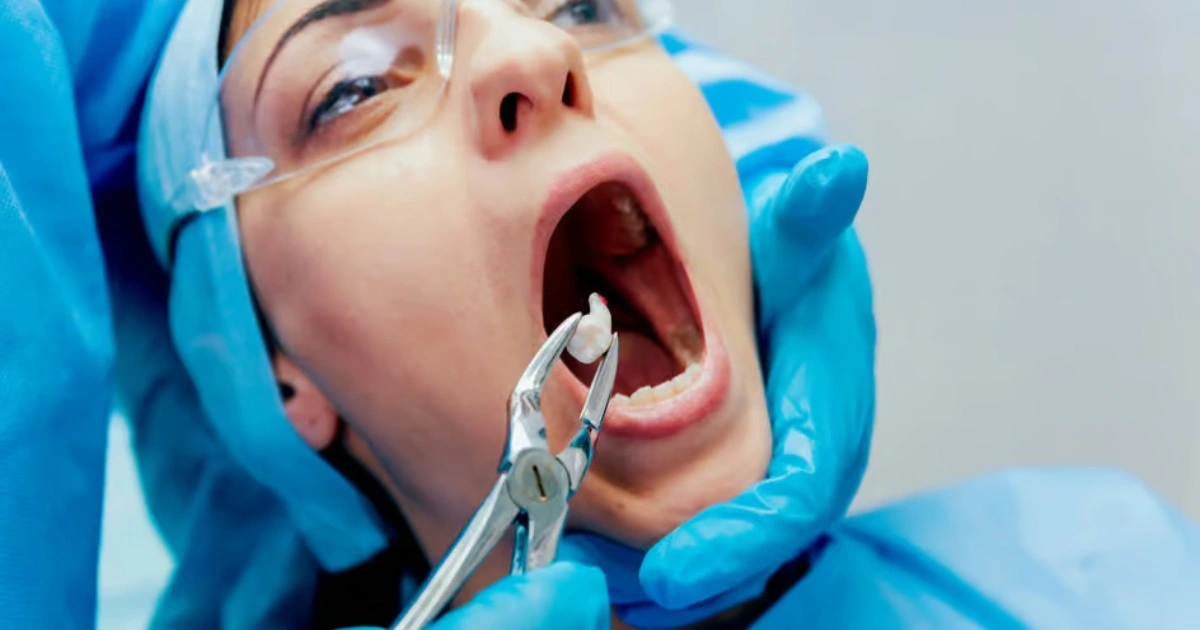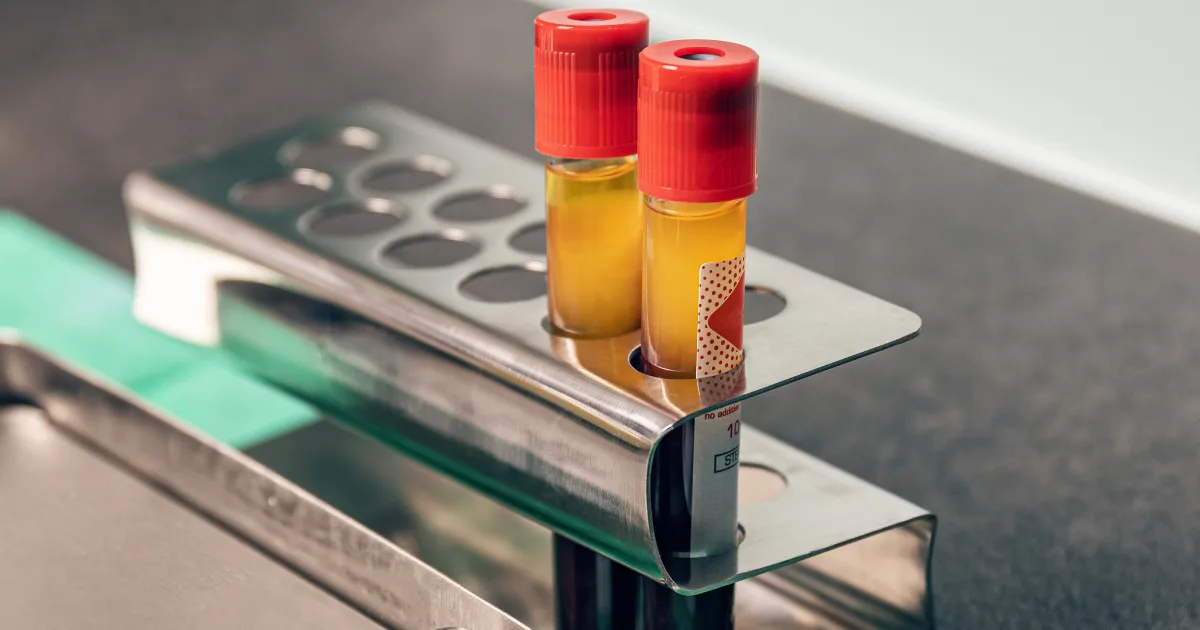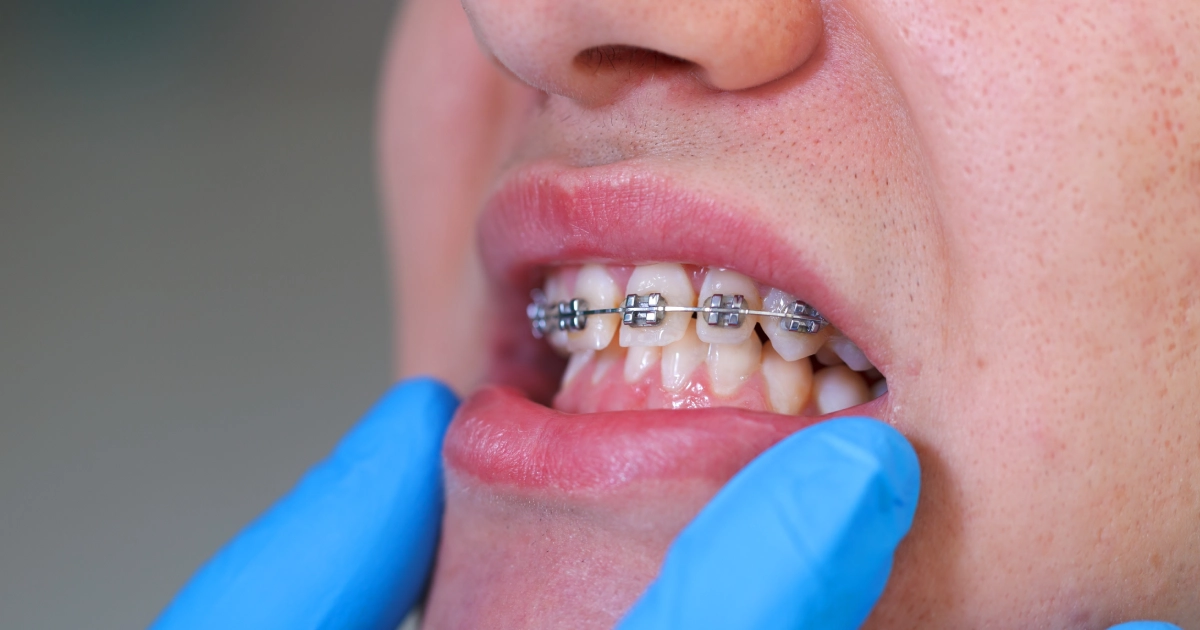Oral diagnostics has significantly evolved, shifting from traditional methods to advanced imaging technologies. Among the most groundbreaking advancements is integrating 3D CT (Computerized Tomography) scans, offering unparalleled detail and depth in imagery. As we delve into the transformative impact of this technology, we’ll explore how Access Oral Surgery harnesses the power of 3D CT scans to revolutionize treatment planning, ensuring precision, reducing risks, and improving patient understanding. Access Oral Surgery is a beacon for those seeking a unique wellness experience. Join us as we journey into the future of oral diagnostics and witness the reshaping of surgical strategies.
What are 3D CT Scans? A Comprehensive Guide
Understanding 3D CT scans paves the way to grasp modern diagnostics better. As we lean into the future, technologies like these promise more accurate, swift, and efficient patient care in oral surgery and beyond. Here’s why:
Breaking Down the Term: Computerized Tomography (CT) is a diagnostic imaging tool that produces cross-sectional views by combining multiple X-ray images from different angles.
The 3D Advantage: Unlike traditional 2D X-rays, 3D CT scans provide a three-dimensional view. It comprehensively represents structures, offering depth, width, and height perspectives.
How It Works: The patient lies still on a table while the CT scanner, which is an X-ray tube, rotates around them. As it moves, it captures images from various angles, which a computer processes to produce the 3D image.
Clarity and Detail: 3D CT scans deliver high-resolution images, allowing for better visualization of intricate structures in the body, especially useful in oral diagnostics to see teeth roots, bone structures, and soft tissues.
Speed and Efficiency: Professionals can obtain detailed 3D images within minutes, enabling faster diagnosis and treatment planning.
Versatility in Medicine: While this post focuses on oral diagnostics, it’s worth noting that 3D CT scans serve various medical purposes, from studying brain structures to examining lung abnormalities.
Safety First: Though CT scans involve radiation, advancements ensure minimal exposure.
Limitations: Other imaging methods could be more suitable than 3D CT scans in some instances.
How 3D CT Scans Differ from Traditional Imaging Techniques: A Comparative Insight
While traditional imaging techniques remain crucial in various scenarios, the advent of 3D CT scans has expanded the horizons of medical diagnostics. Understanding these differences can help practitioners and patients make informed decisions about their healthcare.
Dimensional Perspective: Traditional imaging often provides 2D flat images, capturing only length and width. In contrast, 3D CT scans offer a three-dimensional view, adding depth to the mix and drastically improving visualization.
Depth of Detail: 3D CT scans present exceptionally detailed images. They can reveal intricate structures, from bone nuances to tiny blood vessels, much more precise than 2D X-rays.
Image Composition: While 2D X-rays capture a single shot, 3D CT scans combine multiple X-ray images from different angles. This assembly offers comprehensive cross-sectional views of the area of interest.
Radiation Exposure: Although both methods use radiation, 3D CT scans typically involve a higher dose. However, technological advancements aim to reduce this exposure, making it as safe as possible.
Speed of the Procedure: 3D CT scans provide more comprehensive data despite taking longer than traditional X-rays, making them essential in complex diagnostic scenarios.
Cost Implications: 3D CT scans are more expensive than traditional X-rays due to their complexity despite providing more information.
Diagnostic Flexibility: Traditional X-rays excel in detecting cavities and evaluating tooth roots. However, the comprehensive view of 3D CT scans outshines traditional methods for complex diagnostics like implant planning or TMJ assessment.
Soft Tissue Visibility: CT scans can produce high-resolution images of soft tissues, bones, and teeth.
Data Storage and Manipulation: The digital nature of 3D CT scans allows for more accessible storage, sharing, and manipulation. Healthcare professionals can rotate, zoom, and dissect images on their computers, a feat impossible with traditional film X-rays.
Benefits of Using 3D CT Scans in Oral Diagnostics: Why It’s a Game-Changer
3D CT scans in oral diagnostics have ushered in a new era of precision, safety, and patient satisfaction. Embracing this technology elevates the quality of care and sets the foundation for future advancements in the field.
- Unparalleled Visualization: 3D CT scans give a comprehensive view of the oral cavity, capturing the nuances of bone structure, teeth, nerves, and soft tissues in detail that 2D images can’t match.
- Precision in Treatment Planning: With the ability to pinpoint exact locations, dental professionals can plan surgeries accurately, reducing the chances of unforeseen complications.
- Time-Efficient Diagnostics: 3D CT scans provide data that could take multiple traditional X-rays to capture in just a few minutes, speeding up diagnosis and treatment planning.
- Enhanced Patient Understanding: The use of 3D images helps patients understand their oral issues and increases trust in the proposed treatment.
- Reduced Surgical Complications: By offering an all-encompassing view, these scans help professionals anticipate potential challenges, minimizing risks during procedures.
- Versatility in Applications: Beyond routine check-ups, 3D CT scans shine in complex procedures like implant placement, orthodontic planning, and tumor detection, making them versatile diagnostic tools.
- Digital Advantage: The ability to store, share, and manipulate 3D images digitally streamlines collaboration among dental professionals, ensuring that patients receive cohesive and informed care.
- Decreased Need for Invasive Exploration: Before, understanding a complicated issue might require explorative procedures. The clarity of 3D CT scans often eliminates the need for invasive approaches.
Consult a Professional
Consulting with a certified oral and maxillofacial surgeon is essential for optimal dental health. Their expertise, individualized approach, and comprehensive care will empower you to make informed decisions and achieve the best possible outcome for your unique dental situation.
Takeaway
In the rapidly evolving world of oral diagnostics, 3D CT scans stand out as a testament to technology integration and healthcare. Access Oral Surgery remains at the forefront, harnessing these advancements to deliver unparalleled patient precision and safety. If you’re ready to experience the next generation of oral care and want a comprehensive approach tailored to your needs, don’t wait. Contact us today or book an appointment to confidently step into the future of dental wellness.




